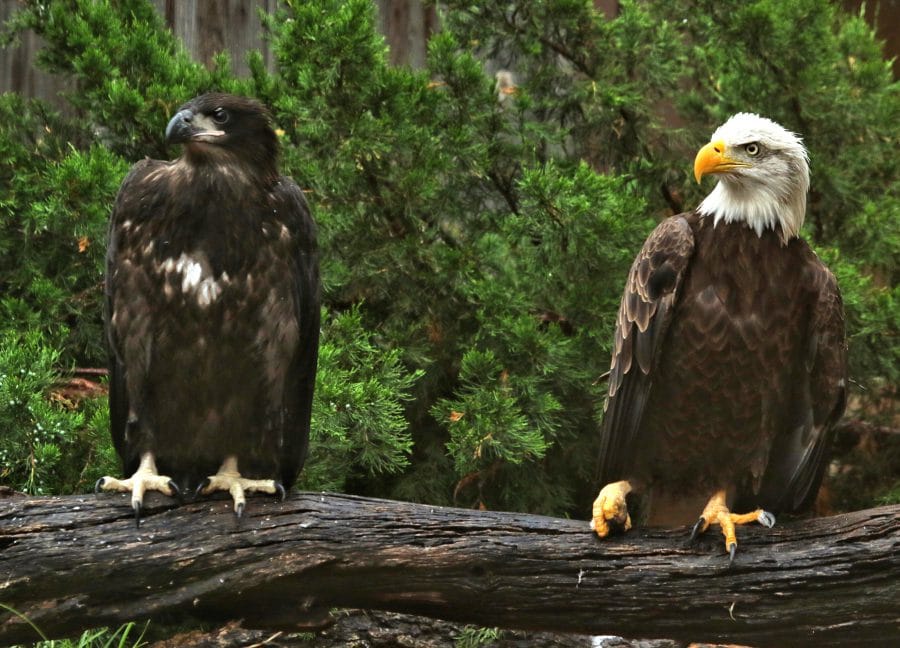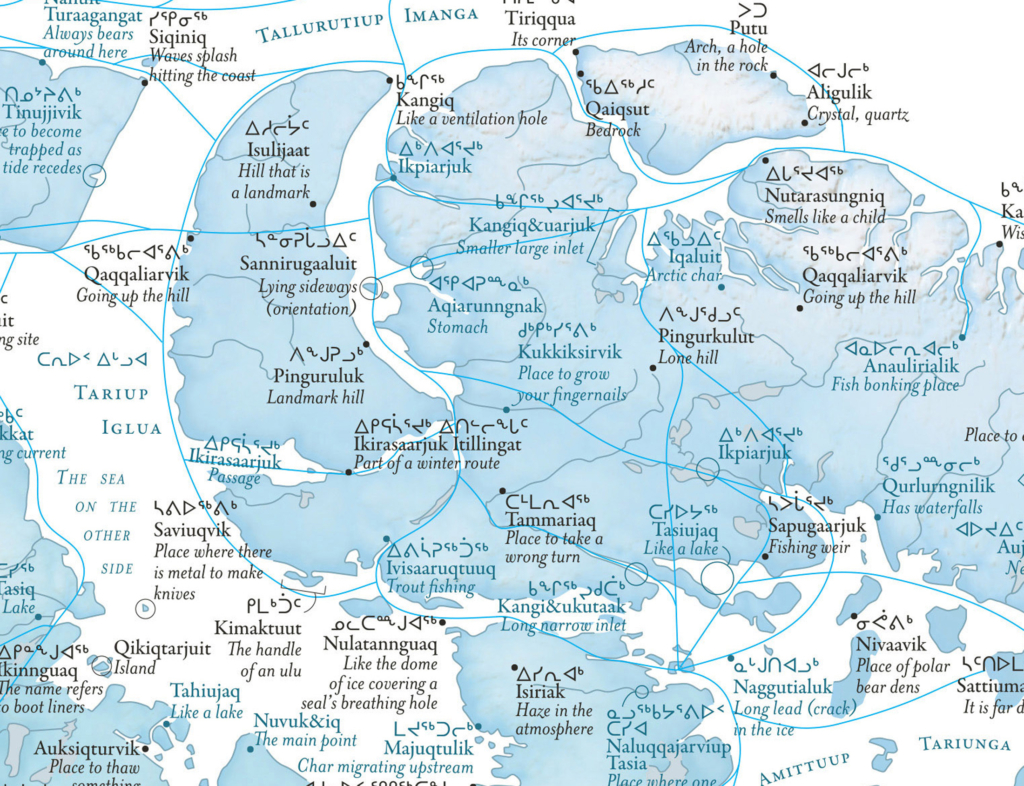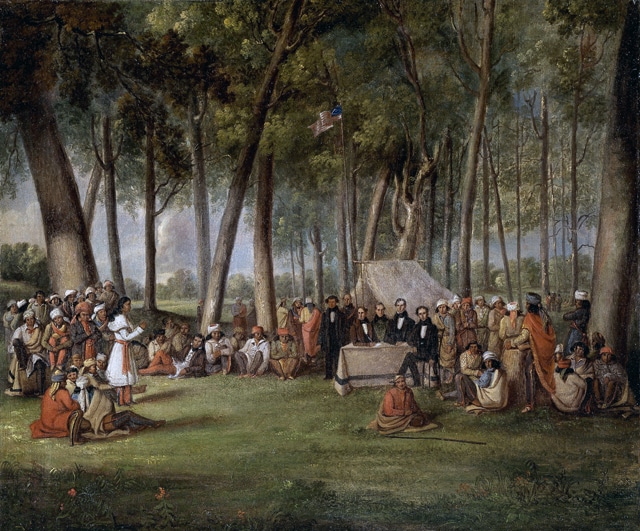In this episode, we’ll hear about the American Indian Religious Freedom Act of 1978 and its effect on tribes, discuss the connection between cartography and Indigeneity, and learn the history of an artist who documented the Potawatomi Trail of Death in the late 1830s.
2021 marks 43 years since the passage of the American Indian Religious Freedom Act
Since first contact with Europeans, colonizers and the United States government have obstructed the religious rights of Indigenous populations across North America. Following decades of protests against unfair treatment, President Jimmy Carter signed the American Indian Religious Freedom Act into law on Aug. 11, 1978. Director of Citizen Potawatomi Nation’s Cultural Heritage Center Dr. Kelli Mosteller spoke to Hownikan Podcast about its effect 43 years later.

“AIRFA was a law that was passed after quite a bit of pressure from tribal communities. And there was a lot of debate in Congress about whether it was necessary, why it was necessary, to have a law specific for Native Americans,” Dr. Mosteller said.
Visit the Citizen Potawatomi Nation Cultural Heritage Center online at potawatomiheritage.com.
Cartographer focuses on storytelling while mapping histories of places
Margaret Pearce, Ph.D., took one cartography class at University of Massachusetts and spent the next several decades of her life creating and teaching others the art of map-making.

“If all of our (Indigenous) knowledge is situated and our histories are located at places, and we learn by visiting those places and activating them in our memory … cartography allows us to elevate that important structure and place it at the center,” she explained.
Read more about Margaret Pearce’s work online at studio1to1.net.
Artist George Winter and the Potawatomi
The Citizen Potawatomi Nation Cultural Heritage Center displays several pieces by English artists George Winter, who chronicled the Potawatomi Trail of Death from northern Indiana to Kansas. His paintings and drawings show both day-to-day activities of Potawatomi as well as governmental relations with the United States. Cultural Heritage Center curator Blake Norton and director Dr. Kelli Mosteller tell us about his life, art and connection to the Tribe.

“He was drawing things that he maybe didn’t even understand what he was drawing. For example, there’s a scene where there’s dancing and a ceremonial gathering that’s happening. And he has depicted a water drum and he has depicted other things that are in this composition. But we can look back on them today and realize that certain religious traditions are being carried out,” Dr. Mosteller said.
See some of George Winter’s work in the Cultural Heritage Center gallery Forced from land and culture: Removal. Visit the museum online at potawatomiheritage.com.
Learning Language
It’s time for Learning Language, when the CPN Language Department joins us to teach vocabulary, songs, stories and more. In this segment, department director Justin Neely teaches some commands and vocabulary helpful with children around the house. As a father, he uses them with his kids every day.
For more information and opportunities with language, including self-paced classes, visit cpn.news/language. You can find an online dictionary at potawatomidictonary.com as well as videos on YouTube. There are also Potawatomi courses on the language-learning app Memrise.
Hownikan Podcast is produced and distributed by Citizen Potawatomi Nation’s Public Information Department. Subscribe to Hownikan Podcast on Apple Podcasts, Spotify, SoundCloud and wherever you find your favorite shows. Find digital editions of the Tribal newspaper here.
